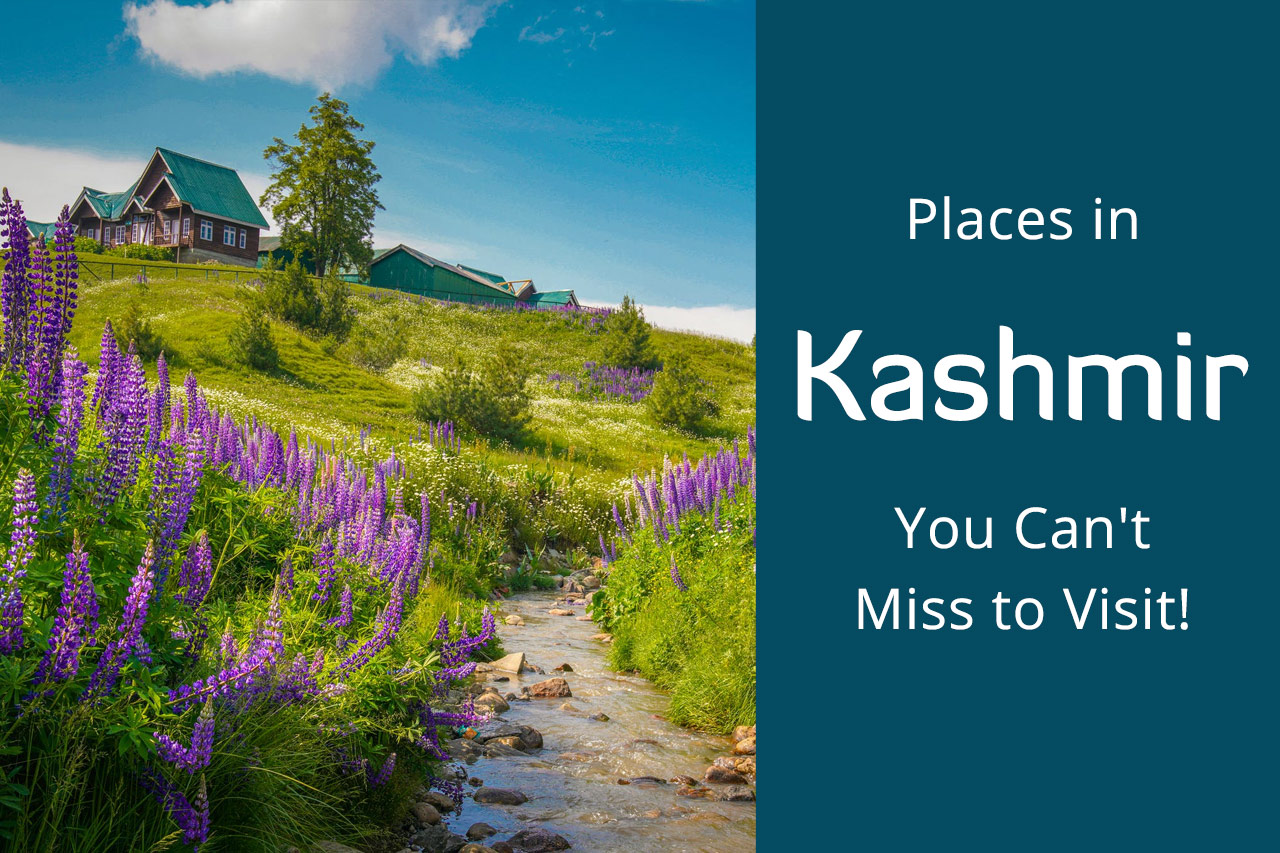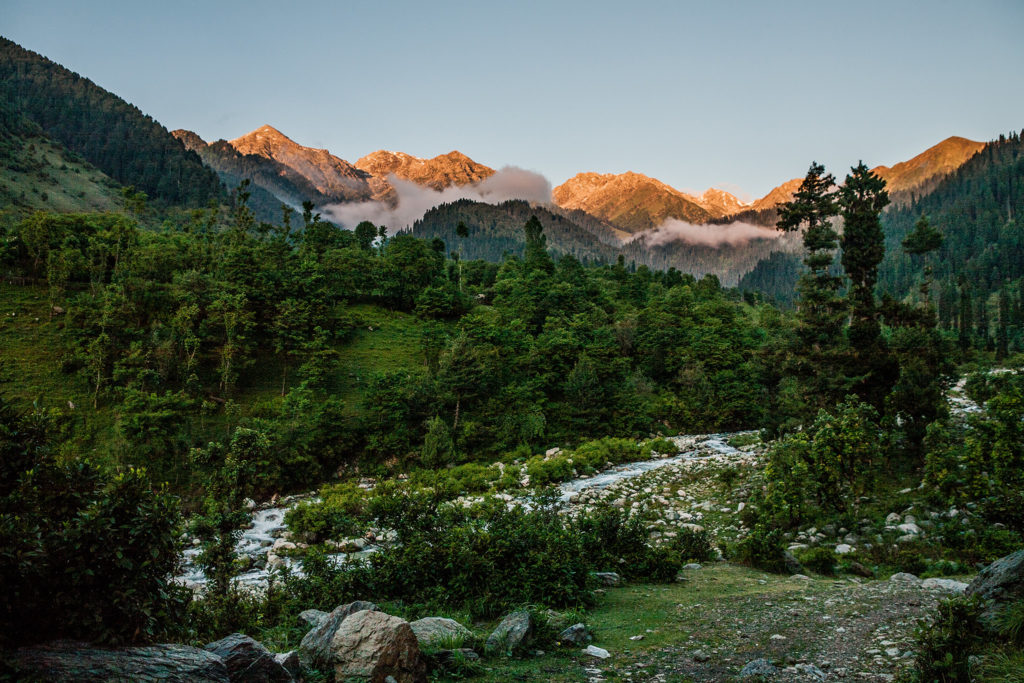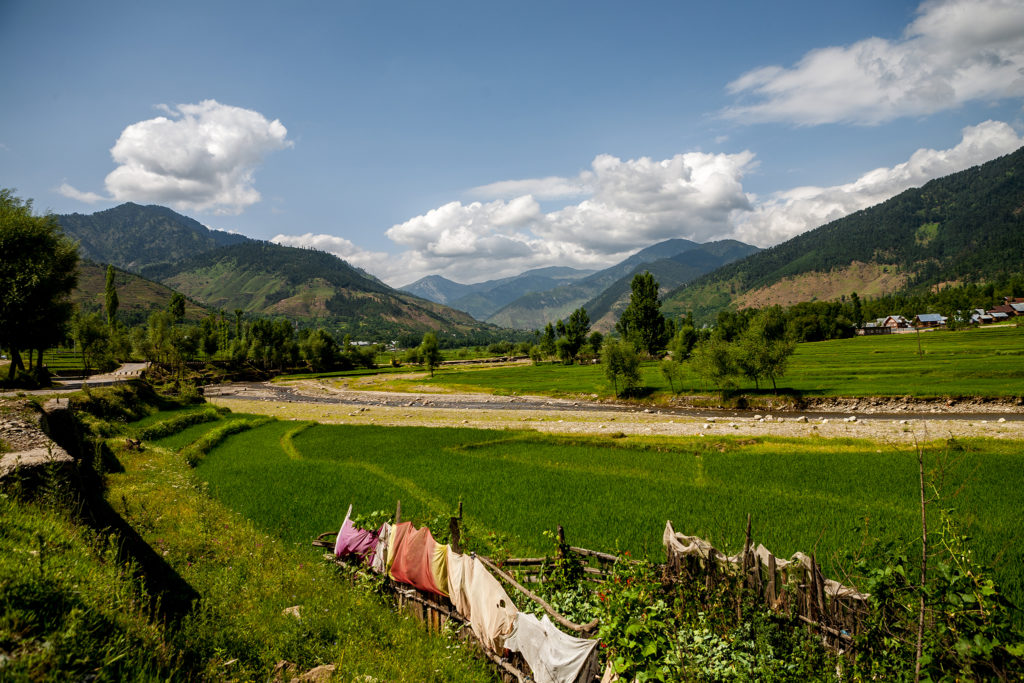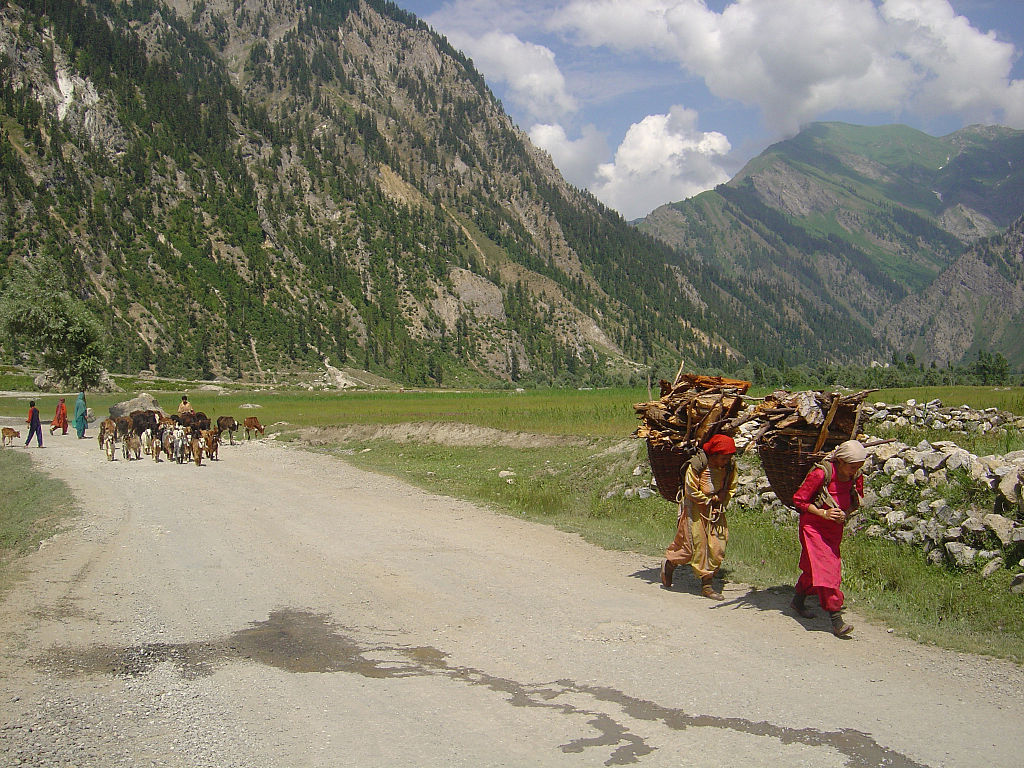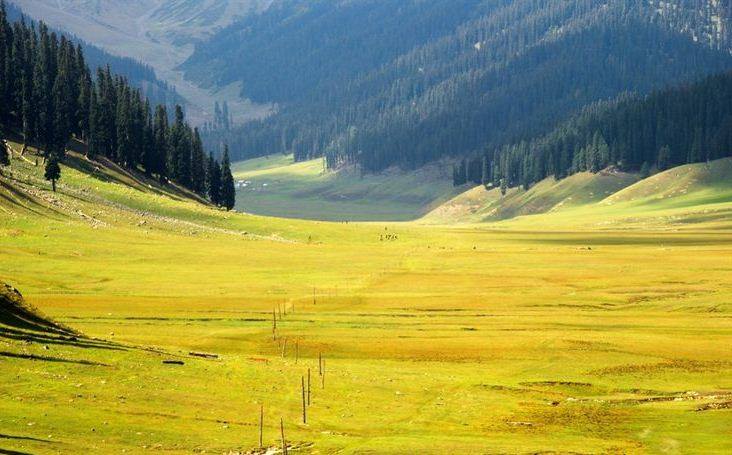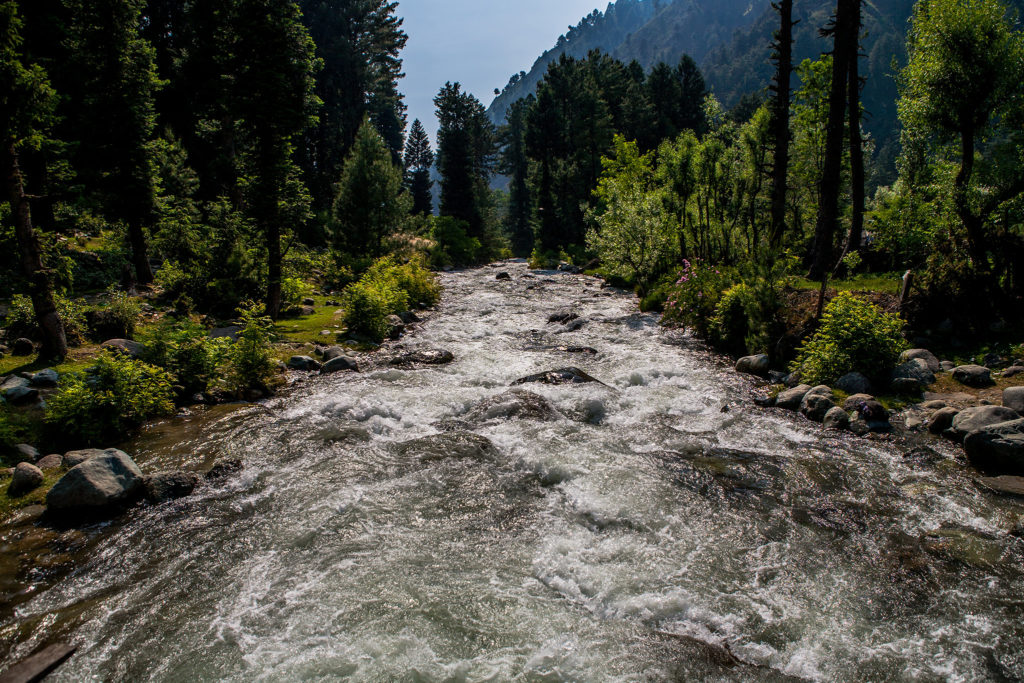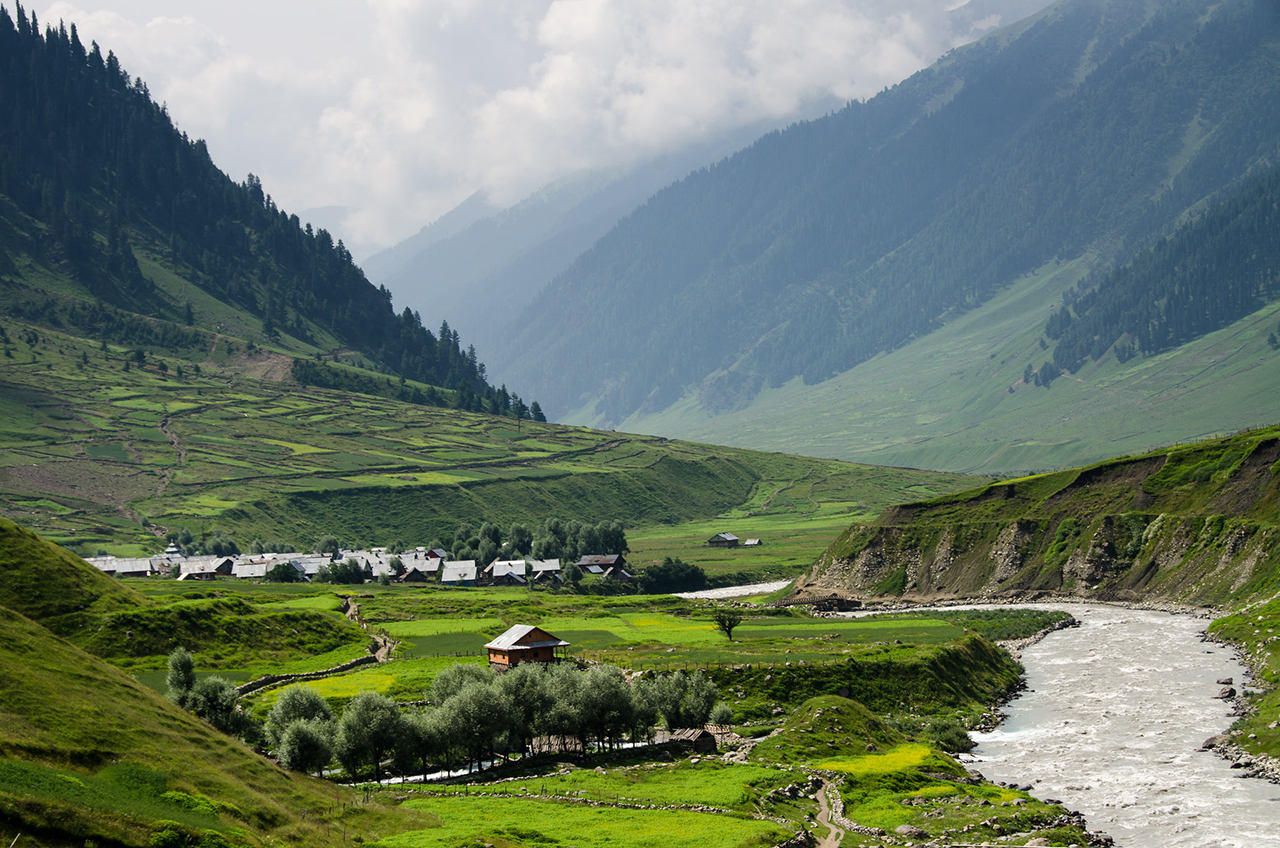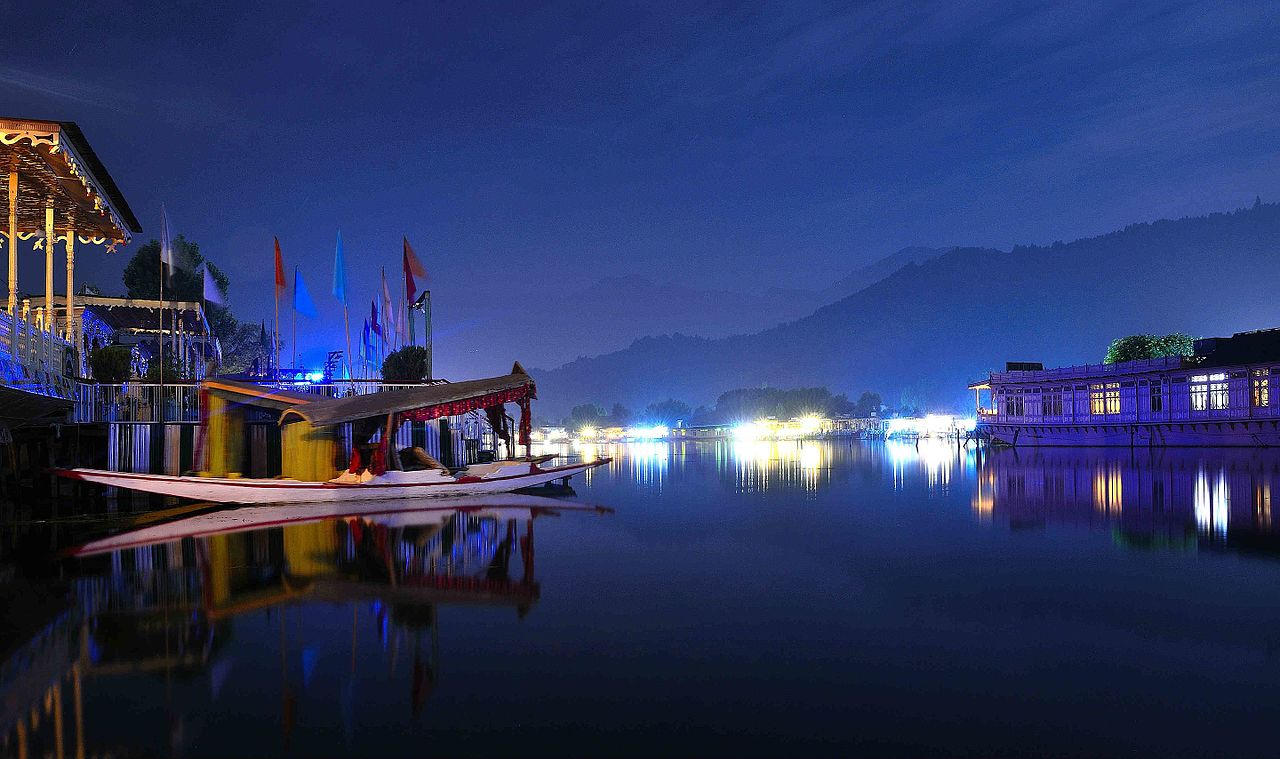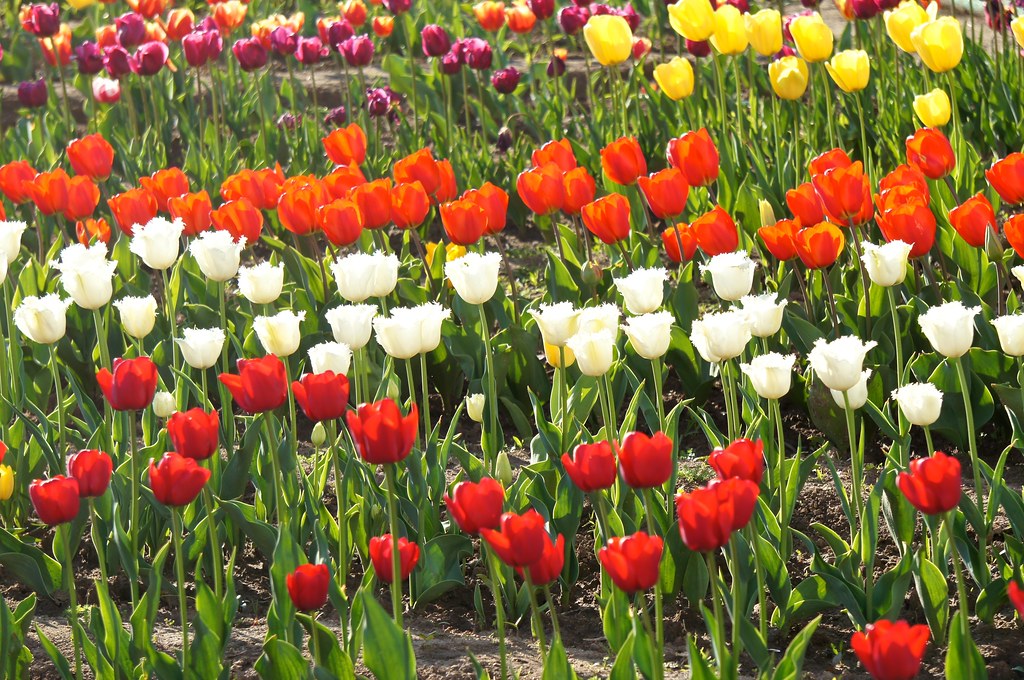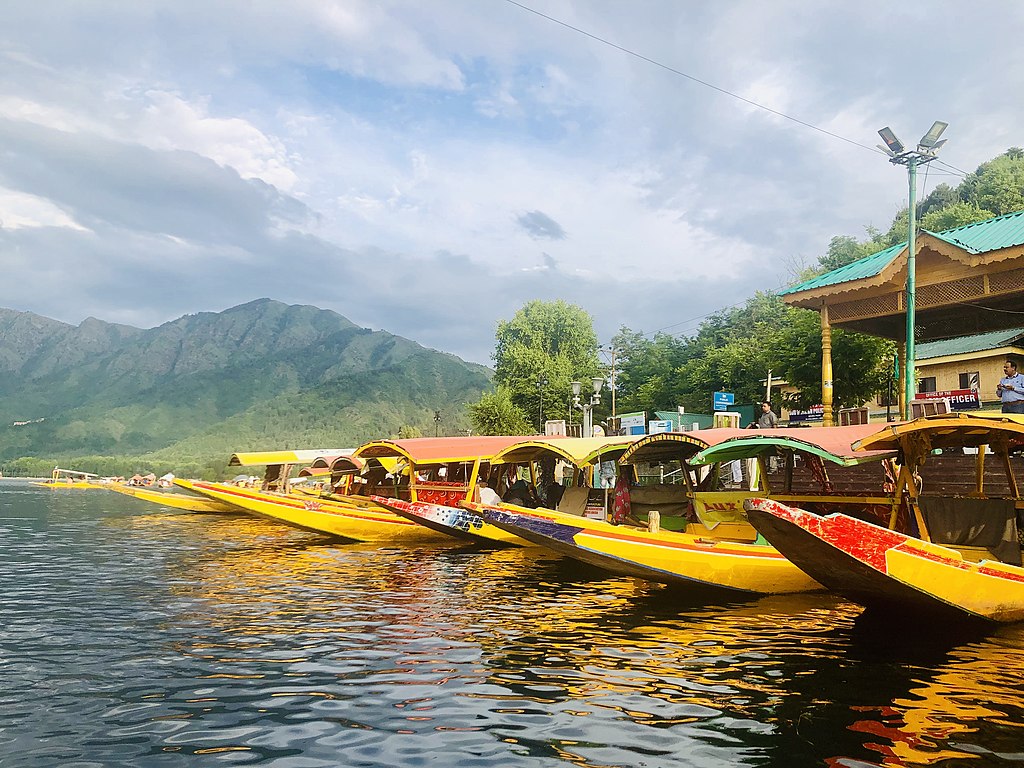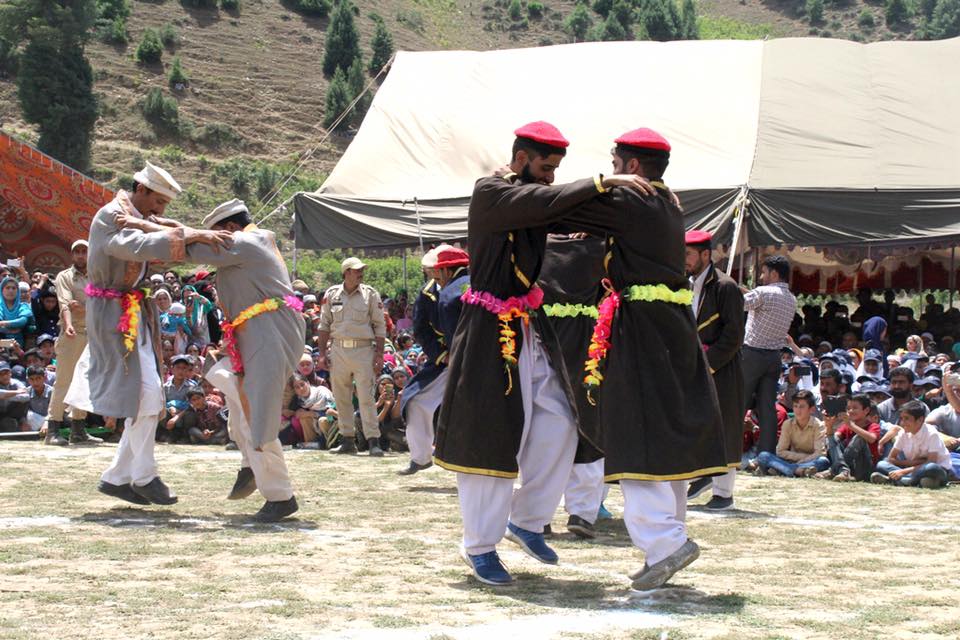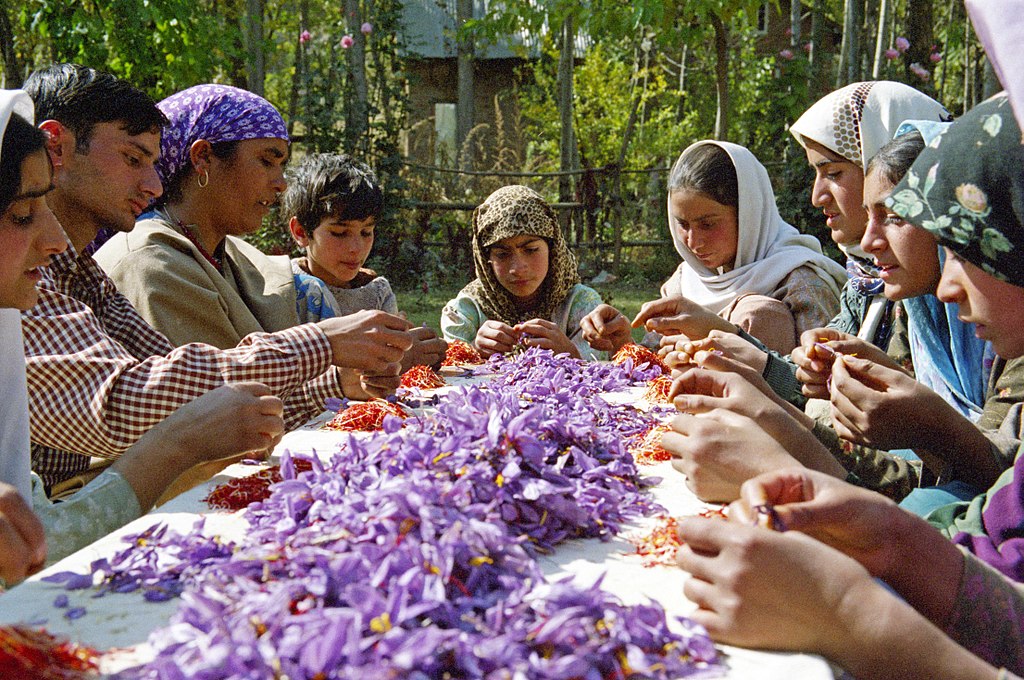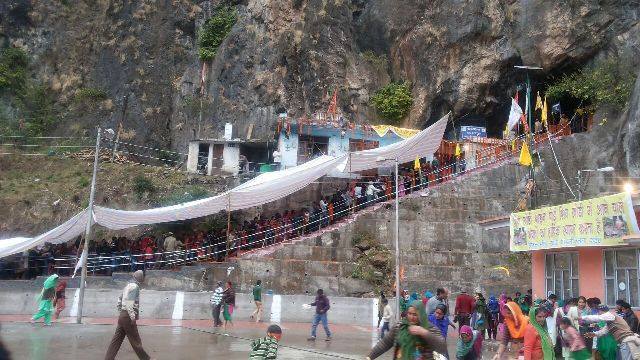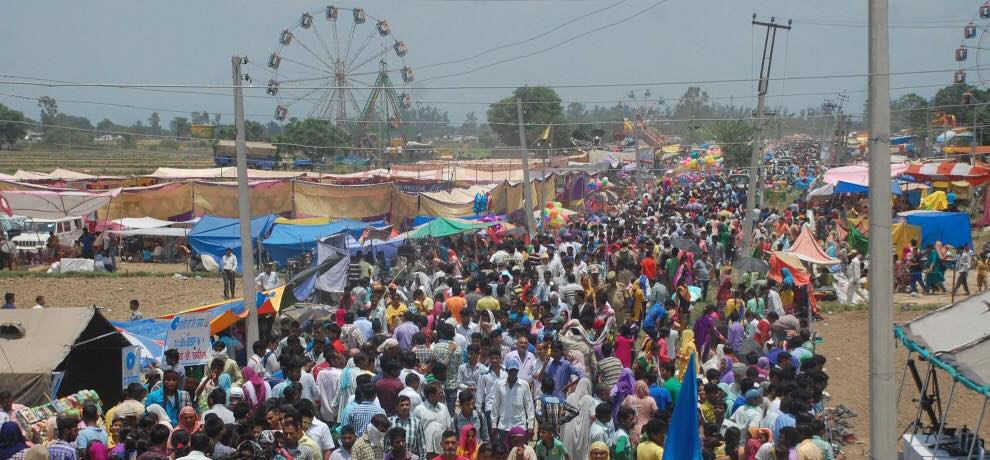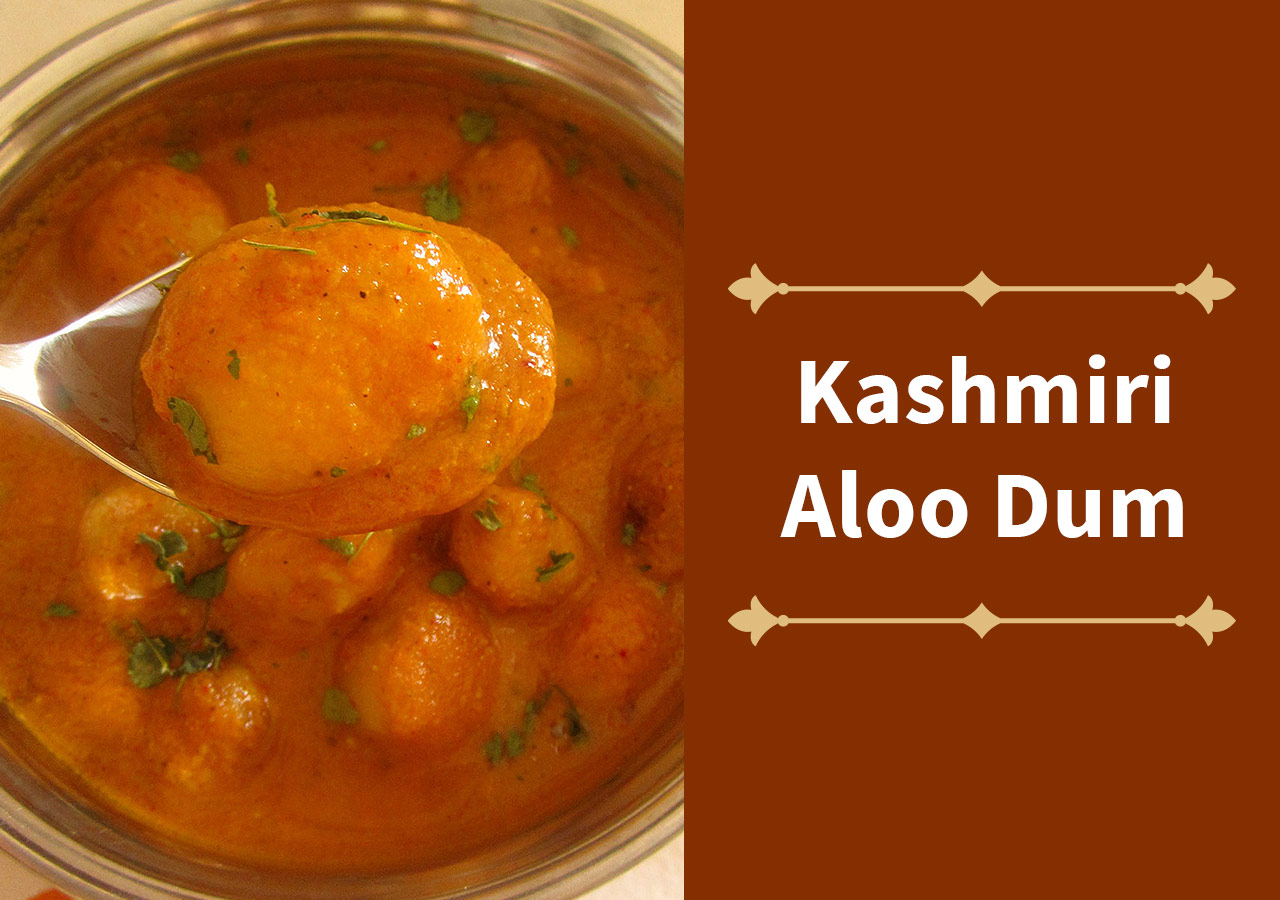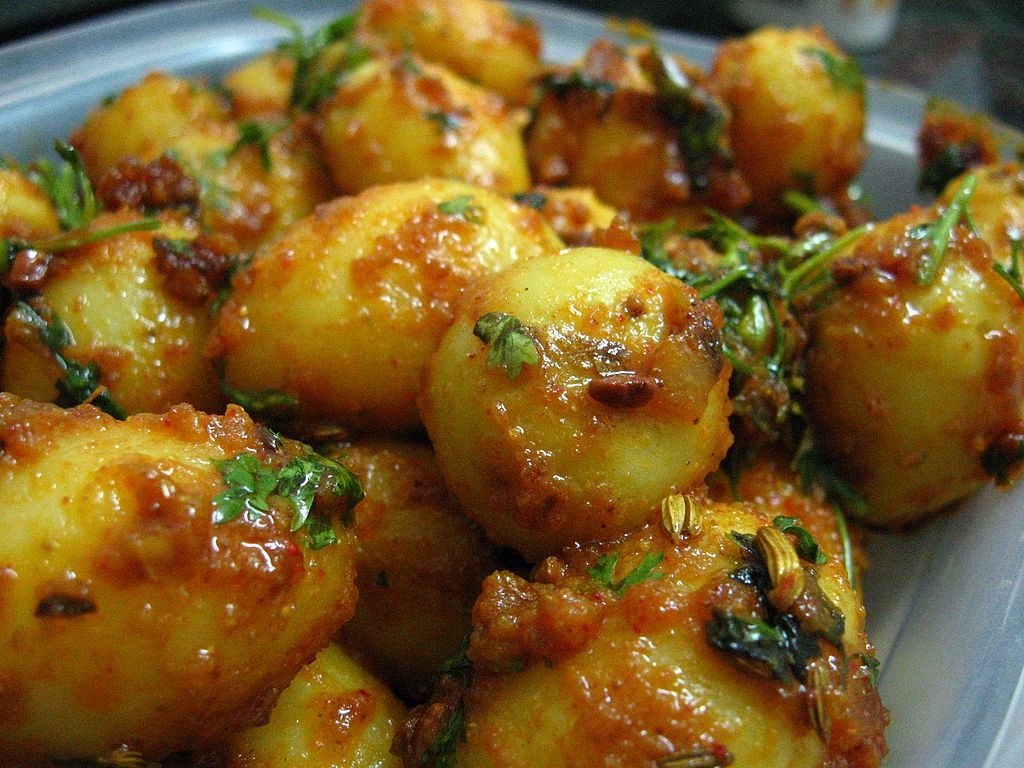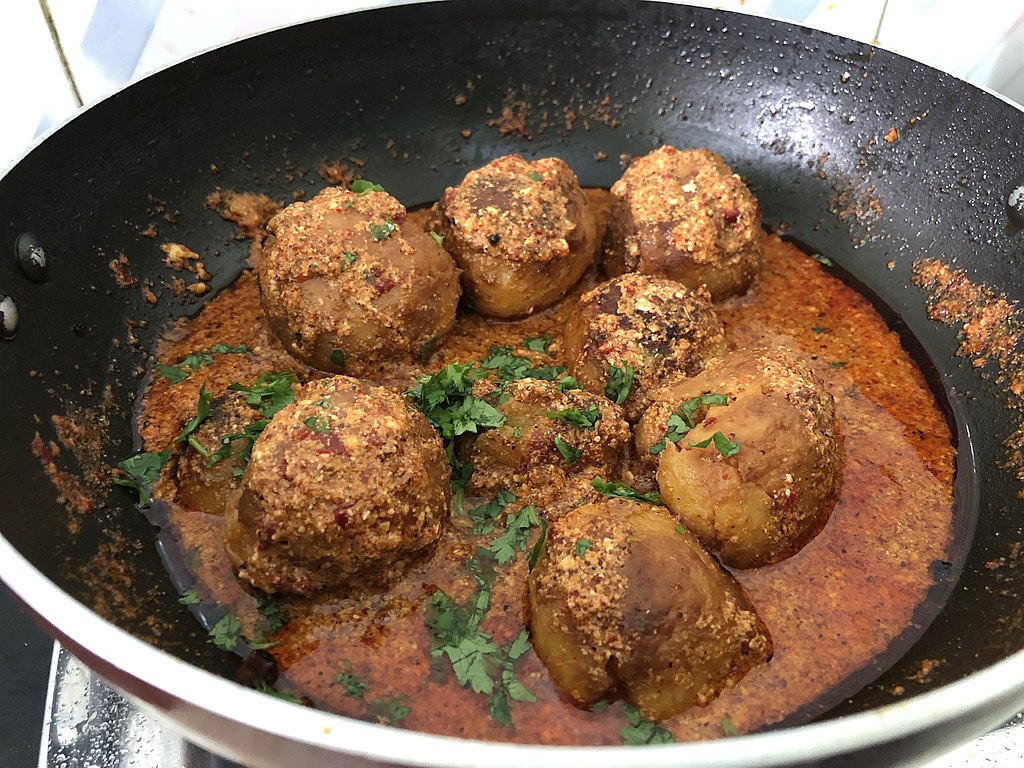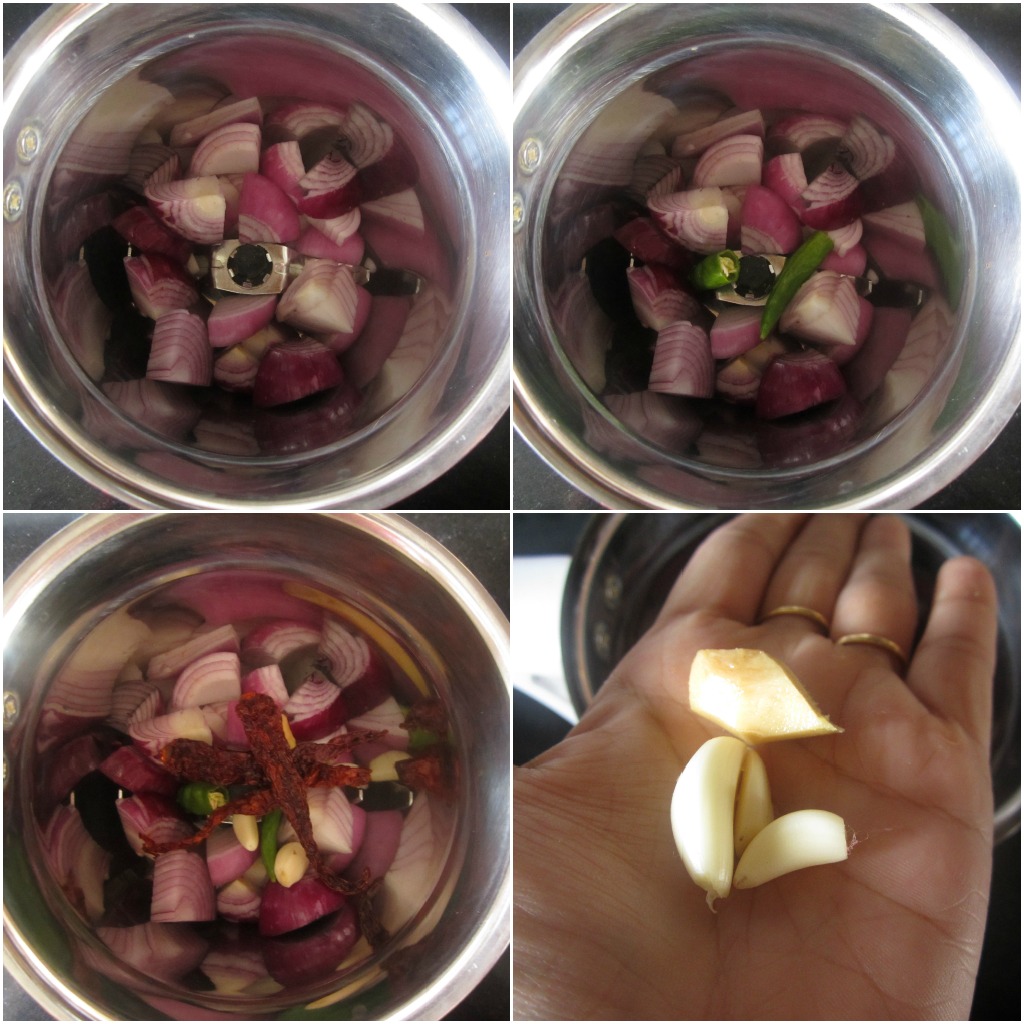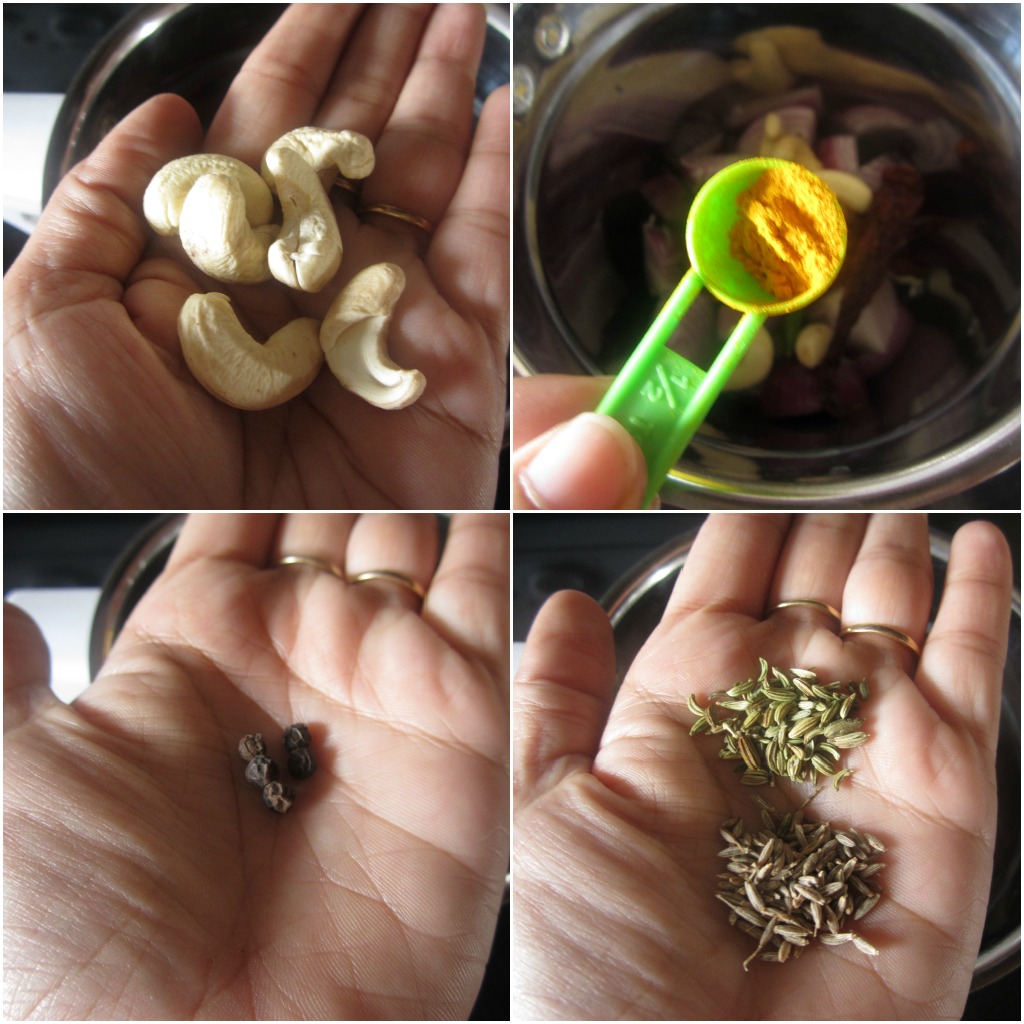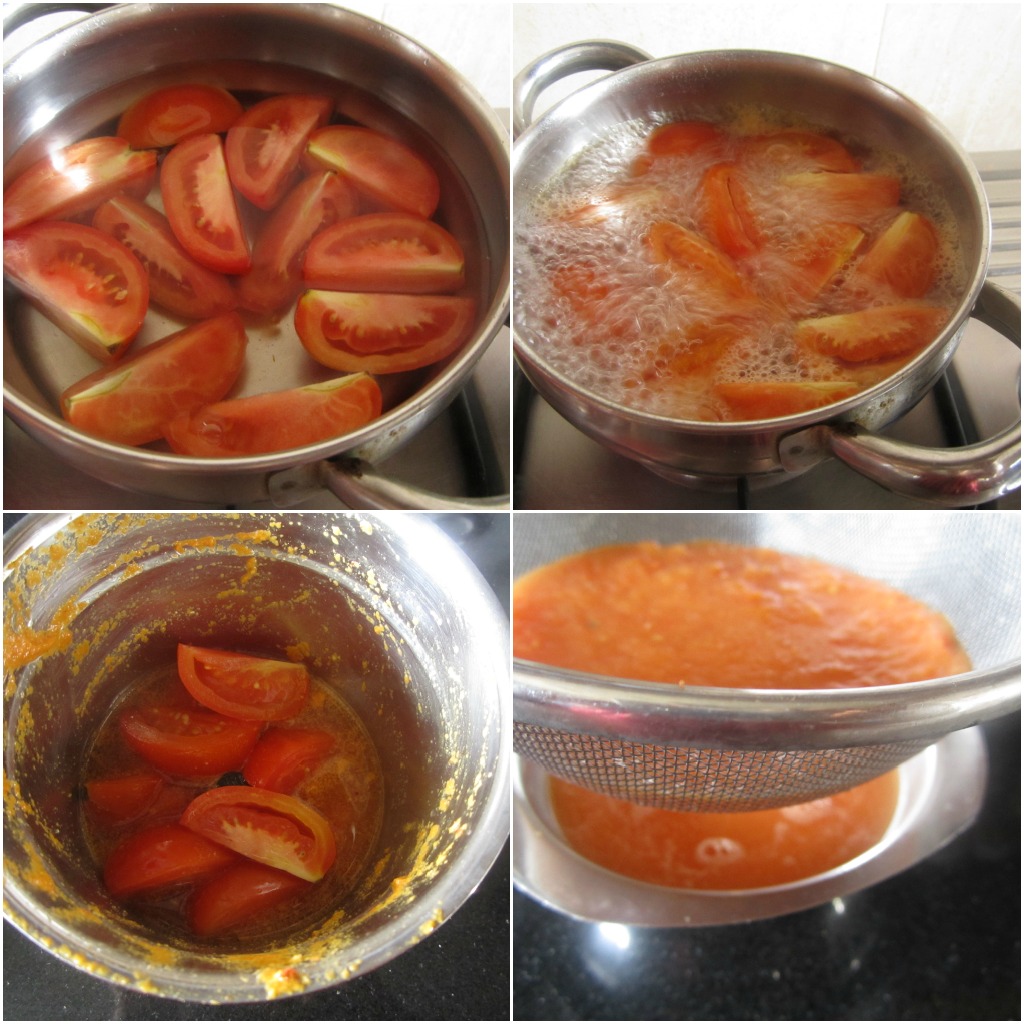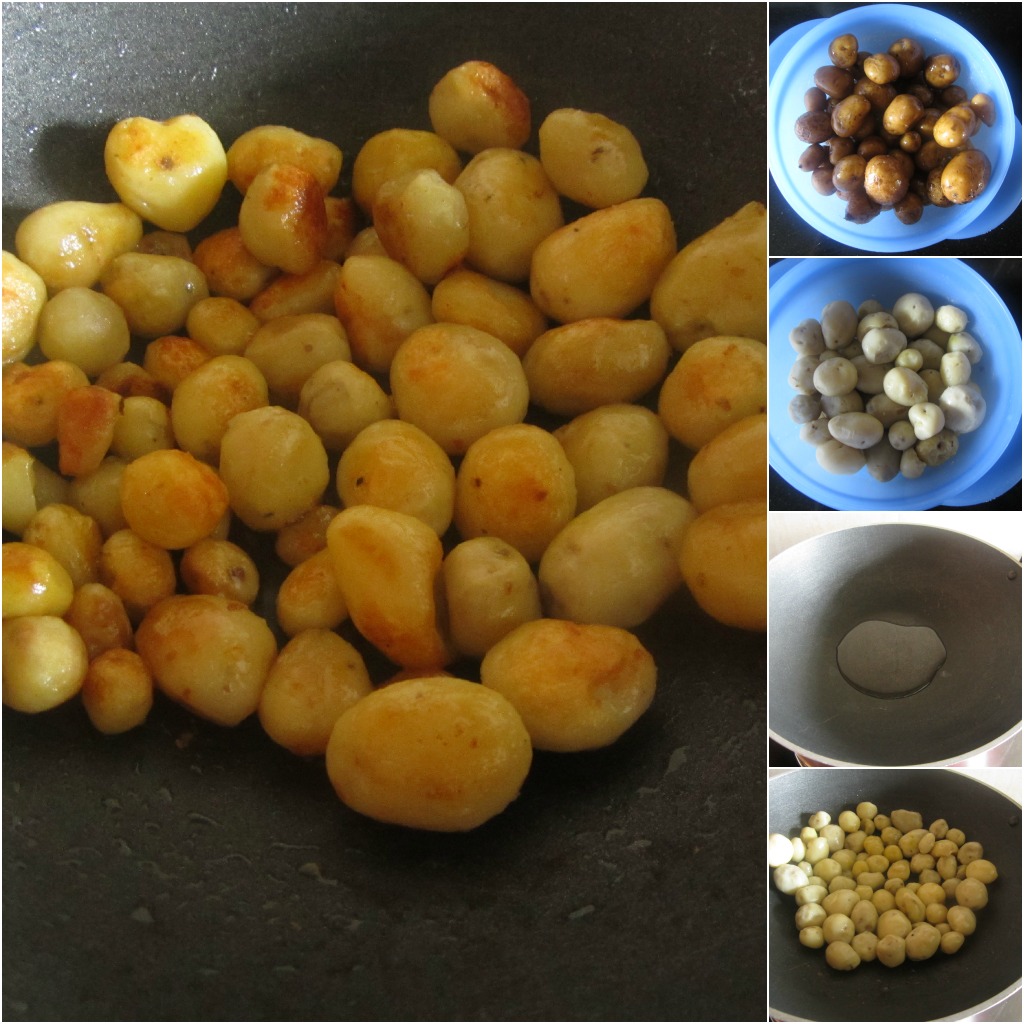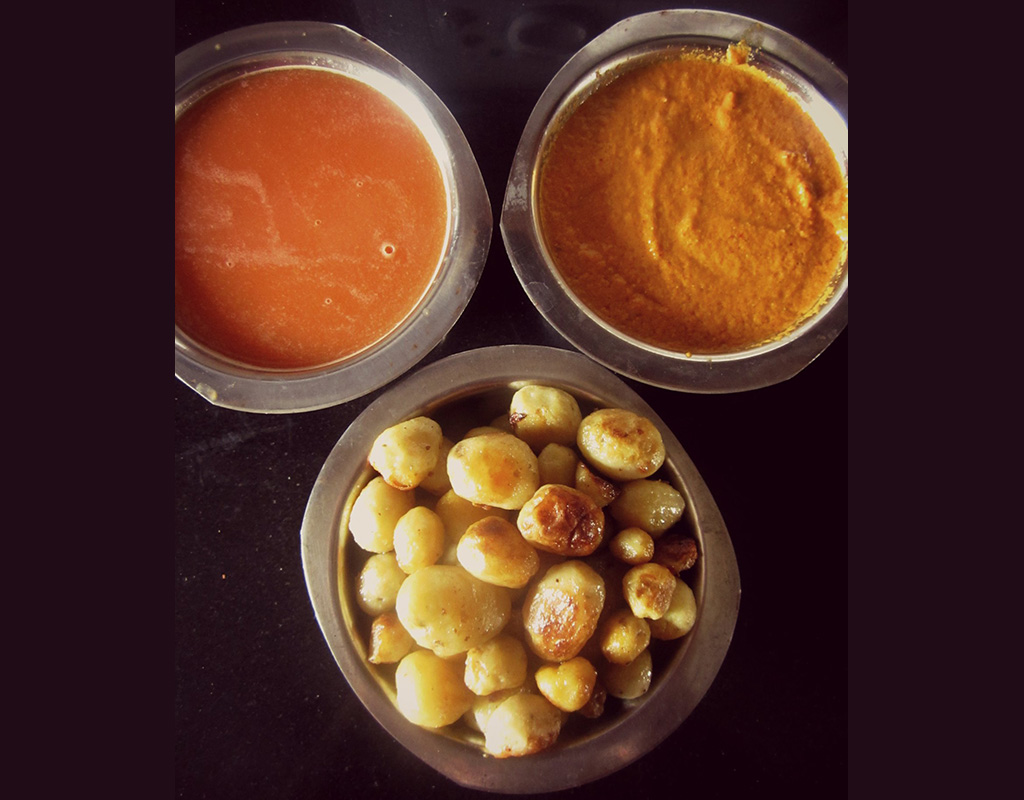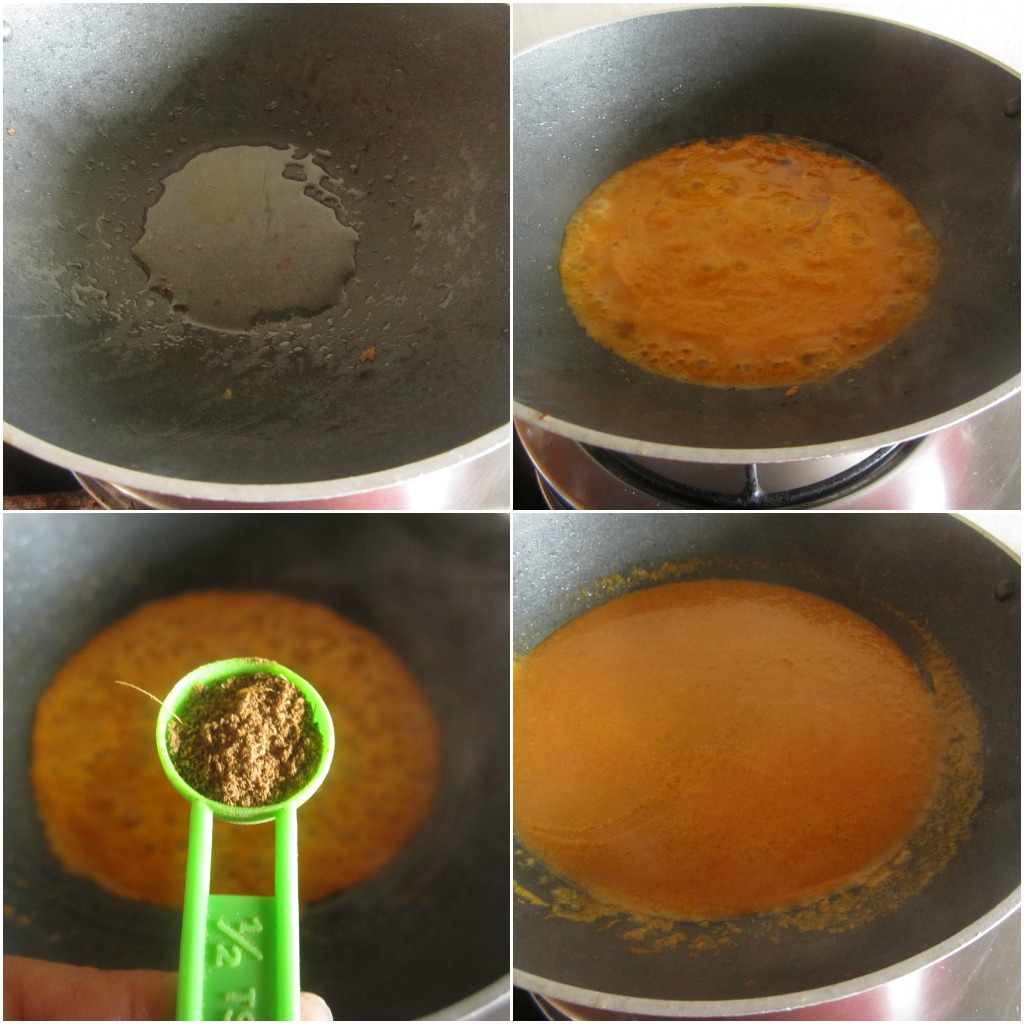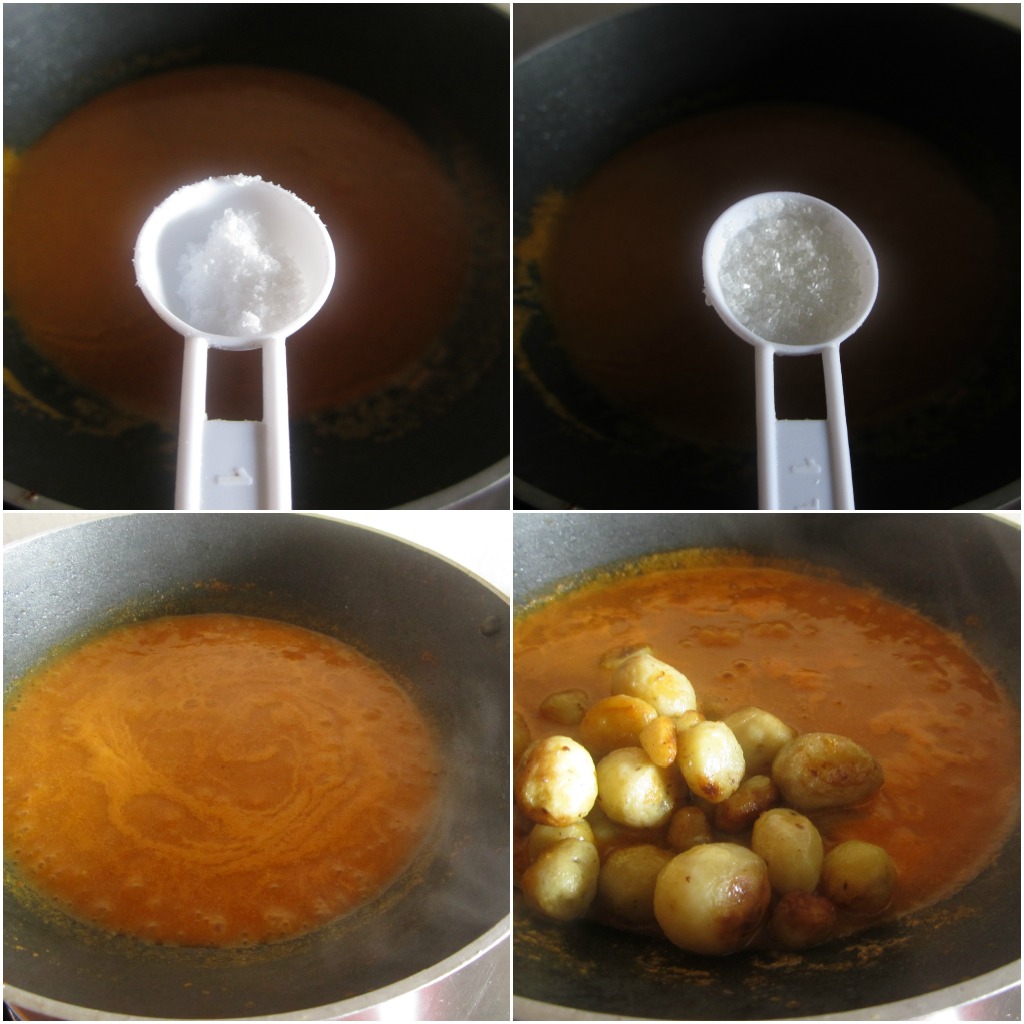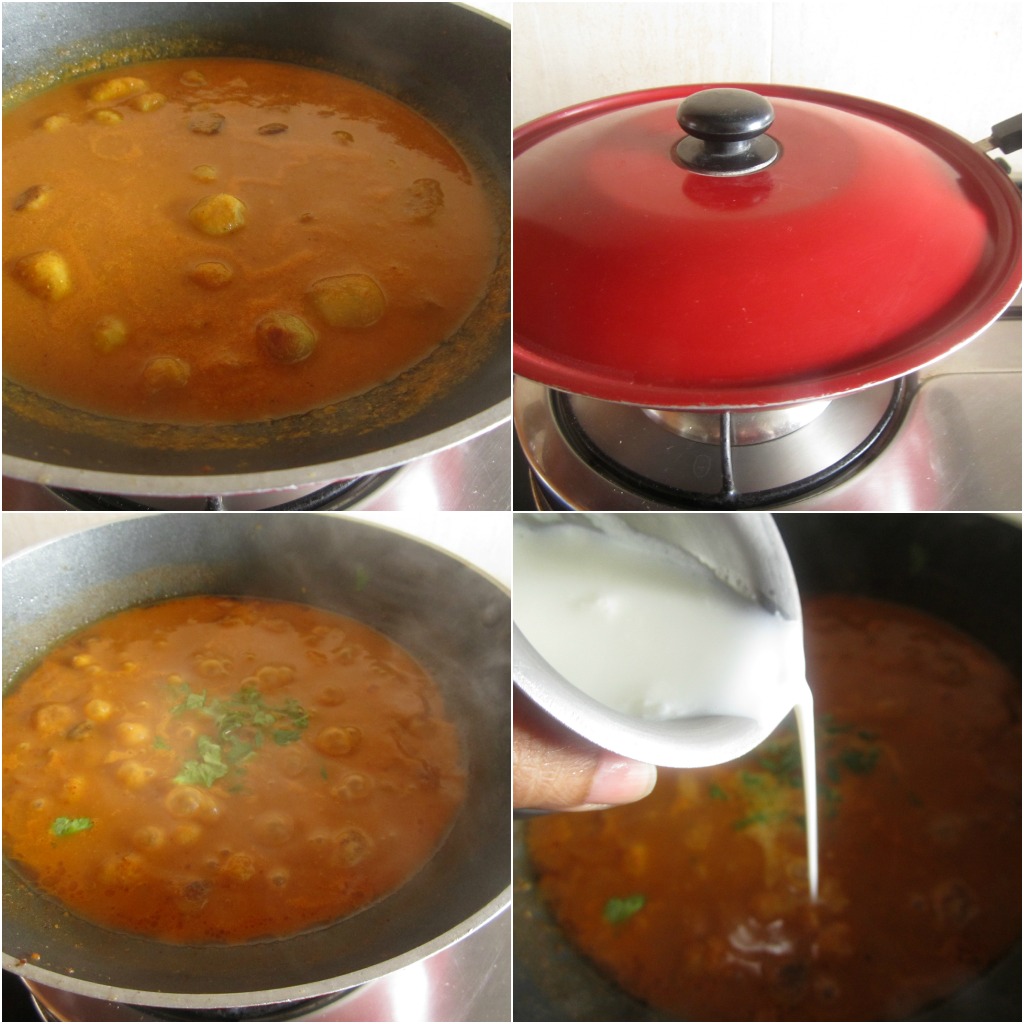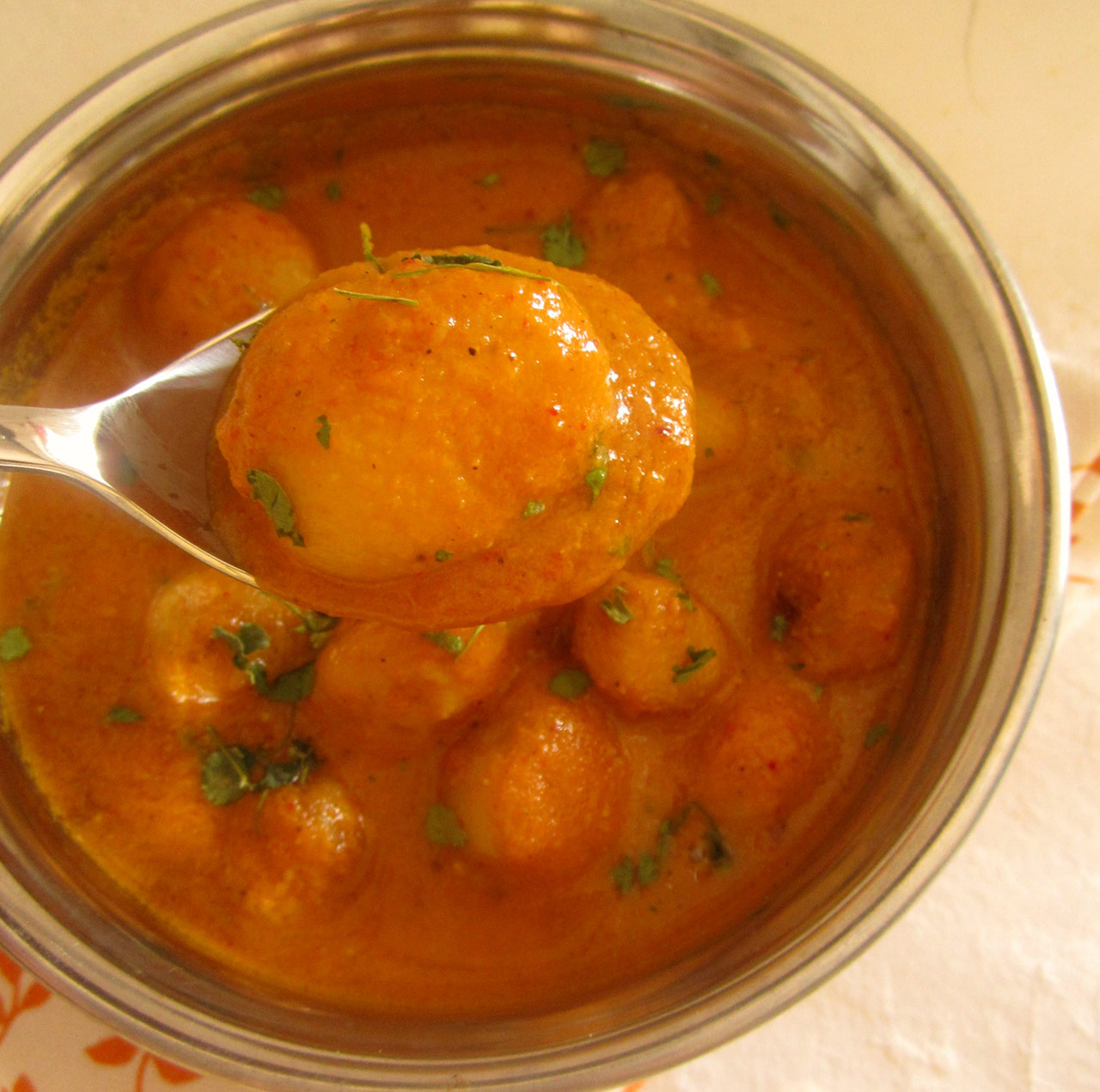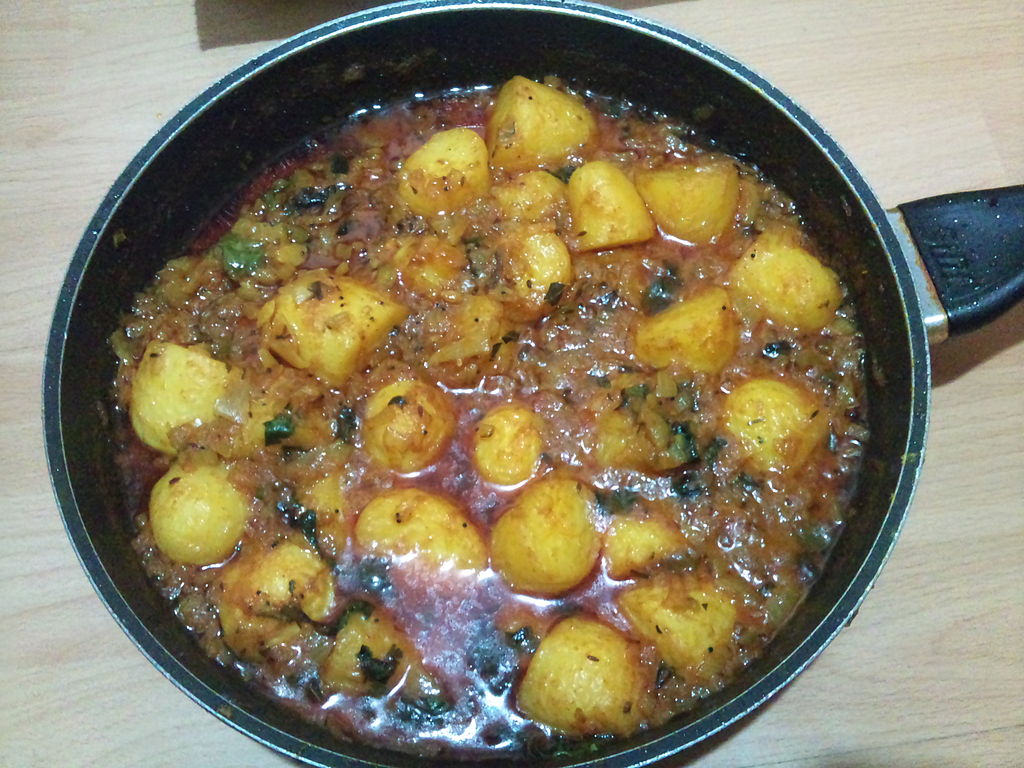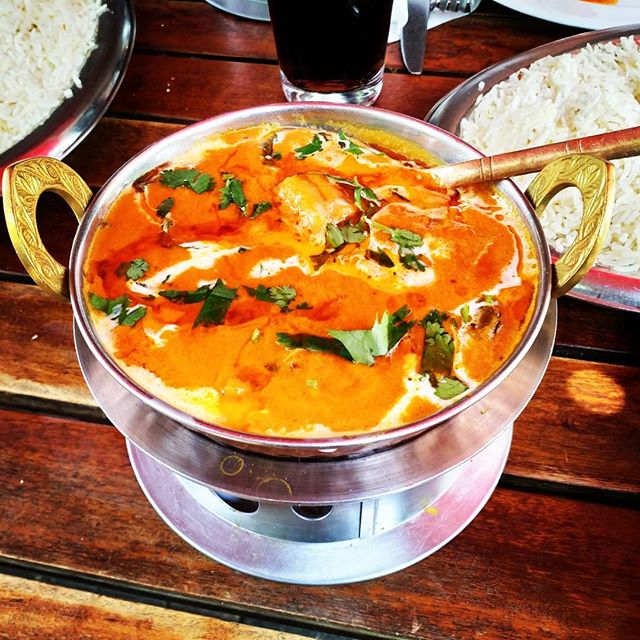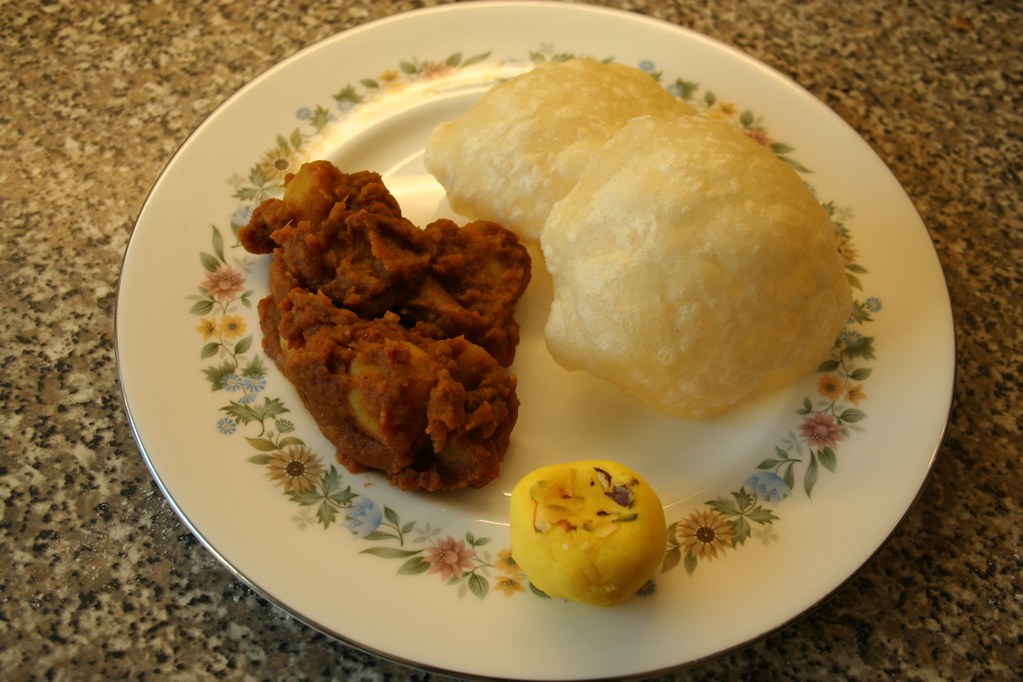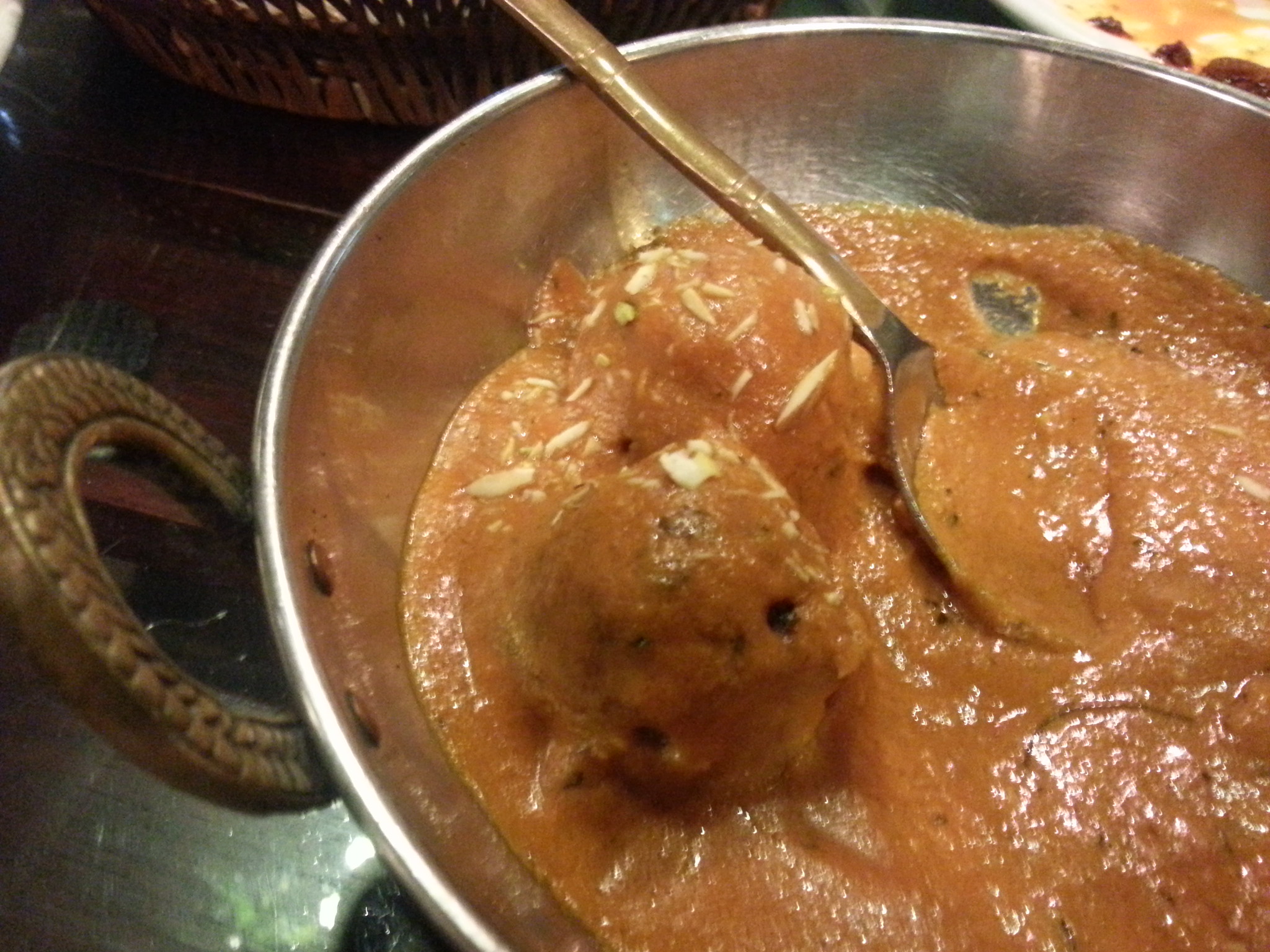
Our beloved nation India contains within it several states and plenty of mesmerizing places which will surely leave you spellbound. Having a large endowment of natural resources such as lakes, mountains, beaches, and waterfalls, you will run out of time but will still have a lot to discover yet; and that’s what makes India so special. Out of the total 27 states in India, each Indian state is different and unique in its context. And believe me, every single one of them is sure to blow your mind. And Kerala is no different. Graced with the title of ‘God’s own country ‘, you will find the most courteous people, finger-licking cuisine, relaxing greens, and attractive places to visit in Kerala. Speaking of attractive places to visit, here are some details about the loveliest places to pay a visit to in the extraordinary state of Kerala.
1. Alleppey

Who needs to fly to Europe when you can witness the beauty of Venice right here in India! Alleppey is a stunningly beautiful city in Kerala that widely is known for its magnificent backwaters. The main attraction (amongst many) includes the exciting houseboats. These houseboats are extremely relaxing and comfortable, the modern boats are fully equipped with everything present for tourists to have a pleasant experience. Later, make sure to cruise along with the breezy rice fields, alluring lagoons, several beaches, and coconut grooves in this fantastic city. Whether you are visiting the city for a refreshing solo journey or a romantic getaway, Alleppey will never let you down!
2. Cochin

A splendid historical city, Cochin or Kochi is a trading center that goes back to at least 600 years. Cochin is one of Kerala’s most important cities in terms of industry, finance, and tourism. This beautiful city is fondly termed as the ‘Queen of Arabian Sea’ and is famous for its many British-era churches, beaches, palaces, and shopping complexes. The must-visit places in Cochin include Fort Kochi, Paradesi Synagogue, Cherai Beach, Munnar (neighboring hill station), and several more.
3. Kumarakom

Have you ever seen a splendid amalgamation of Nature and man? Kumarakom, situated on the Vembanad Lake, is a collection of several tiny but beautiful islands. It is one of the most sought-after places in Kerala due to its scenic specialties, luxurious greenery, and exuberant backwaters. A truly spiritual experience, indulge in the many relaxing spa centers, boat rides, and pilgrimage sites. And if you are an avid thrill-seeker, not to worry! Kumarakom also offers numerous adventure sports such as yachting, snorkeling, and angling to stimulate the adrenaline in you. Make sure to visit these pristine places situated in Kumarakom, like the Kumarakom Bird Sanctuary, Bay Island Driftwood Museum, and Aruvikkuzhi waterfalls.
4. Wayand

The true meaning of paradise on Earth, Wayand is the way to go if you want to escape the boring hustle and bustle of city life. Also regarded as the Spice Garden of India, this place is filled with various forms of spices like black pepper, cardamom, Fenugreek amongst others. Wayanad is packed with luscious and exotic flora and fauna which are well protected by wildlife sanctuaries, reserves, and parks. Probably the most significant characteristic of Wayanad would be India’s largest Earth Dam which is located within it. The Banasura Sagar Dam is a wonderful destination, largely famous amongst trekkers and adventurists. The list of fun activities to do at Wayanad is long, visit this exquisite place to get a slice of the amusement it provides.
5. Kollam

Kollam is a breathtaking town on the shores of the Arabian Sea with a perfect package of culture and nature. It is known all over India for its seaports due to its rich history involving the British, Portuguese, Chinese, and Arabs who tried to establish their dominance over the port. That being said, it is not hard to understand why the Kollam port is still an important component in the economy of Kerala. Some interesting places to visit in Kollam are Punalur, Amritapuri, Ashtamudi Lake, and the Shenduruny Wildlife Sanctuary.
6. Kozhikode

A picturesque destination combined with a rich history; Kozhikode is one of the most famous cities of Kerala. Kozhikode is widely known for being the place where Vasco Da Gama had arrived when he first came to India. A tranquil realm of Nature, enjoy the palaces, temples, and beaches here to rejuvenate from your daily life.
7. Vagamon

Vagamon (also spelled as Wagamon) is a marvelous hill station situated on the Kottayam-Idukki border. The moment you enter this gorgeous place you’ll be welcomed by ravines and rivulets, cool meadows, and green tea gardens. You’ll be pleasantly surprised by the collection of 3 hills namely, Thagal Hill, Murugan Hill, and Kurismala Hill. A grand source of peace and security, Vagamon is visited by several tourists each year to relish in its rolling plains. I assure you; you will fall in love with the place just as many have before.
8. Thrissur

Known as the cultural hub of Kerala, Thrissur holds within itself the Keralite classical dances, arts, and religious heritage. You may have heard the name of this spectacular city due to the Thrissur Pooram Festival and the Onam Festival. It was earlier designated as the capital of Kochi. Tourists from all around the globe come to witness the festive splendor that the city of Thrissur has to offer. Apart from these festivities, indulge in the famous tourist spots as well such as the Vadakkumnathan Kshetram Temple, Athirapally Waterfalls, Heritage Garden, and many more.
A trip to Kerala is Nature’s way of rejuvenating you from the perils of monotony from the city life. This pure and pristine glory is always meant to do good for your friends and family and will provide a fun-filled opportunity for you to bond with them. The natural bounty of Kerala is the best way to kick back and relax while you enjoy the tranquillity the state of Kerala has to offer. That being said, I highly doubt that you’ll regret visiting this piece of land, no less than God’s kingdom.




































